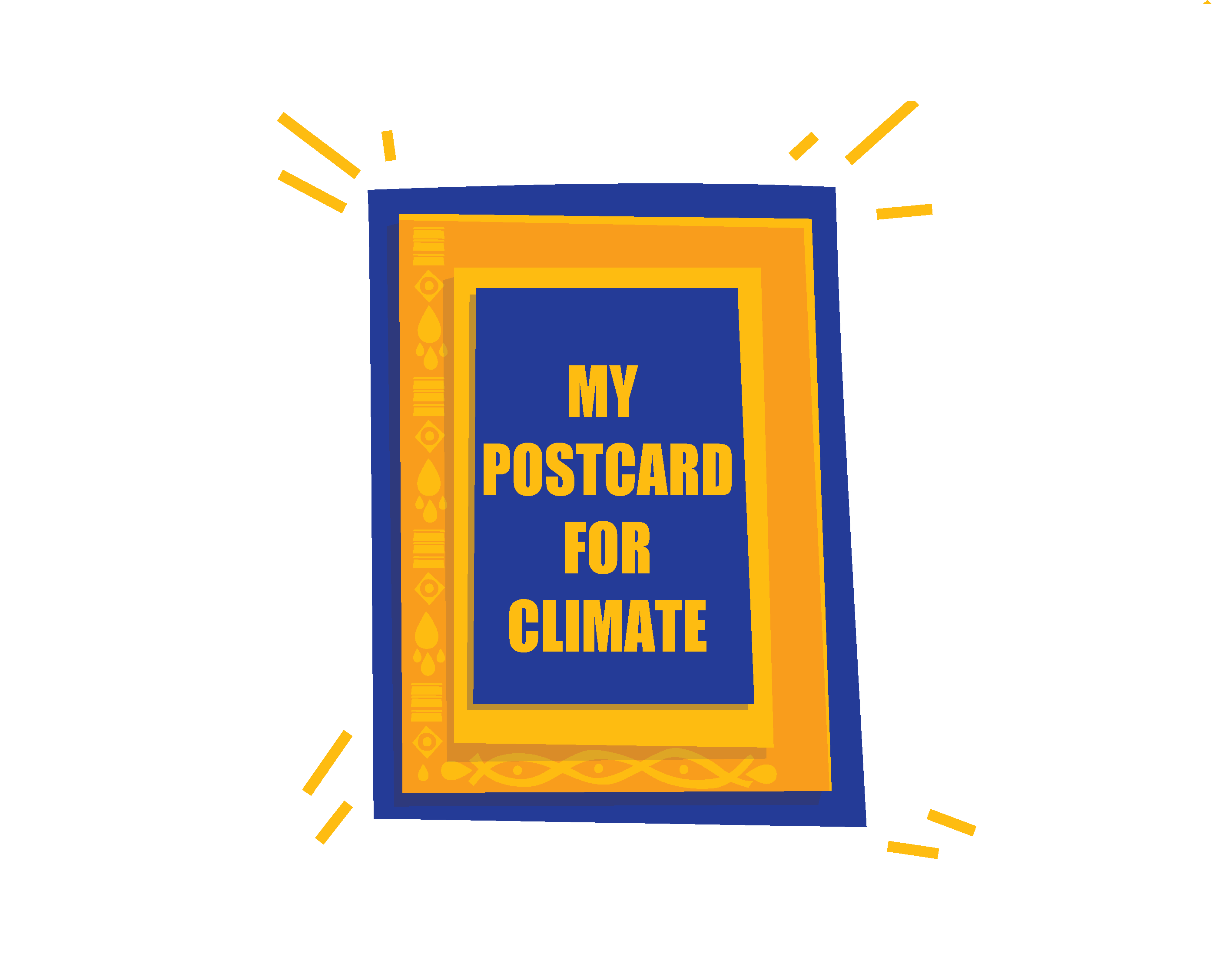Group activity
How does weather affect us?
Weather affects so many aspects in our daily lives, the way we behave, dress and move and even the way we feel. Recall, for example, how you feel and behave when:
(a) it is very hot;
(b) a thunderstorm breaks out;
(c) it snows;
(d) the sun comes out after days of rain.
In addition, people’s occupations and many professions are affected by the weather. Consider, for example, the following scenarios:
(a) fishermen during the strong wind season;
(b) stock-farmers when a snowfall traps their animals;
(c) farmers when hail falls on their crops.
Even more so, plants and animals are affected by the weather. Imagine what happens, for example:
(a) to a wild flower on a slope without any rain for days;
(b) to a bear in case of a very mild winter with prolonged heat.

GROUP ACTIVITY
Discuss in your groups and give two examples from your region, how the weather affects A) your life and B) the ecosystem. Present them in the classroom.

 Have you ever been inside a greenhouse during winter time? It may be very cold outside, however inside the greenhouse the plants are doing fine: it’s warm and sunny! The walls of the greenhouse are constructed by glass or plastic in order to retain the heat inside.
Have you ever been inside a greenhouse during winter time? It may be very cold outside, however inside the greenhouse the plants are doing fine: it’s warm and sunny! The walls of the greenhouse are constructed by glass or plastic in order to retain the heat inside.


